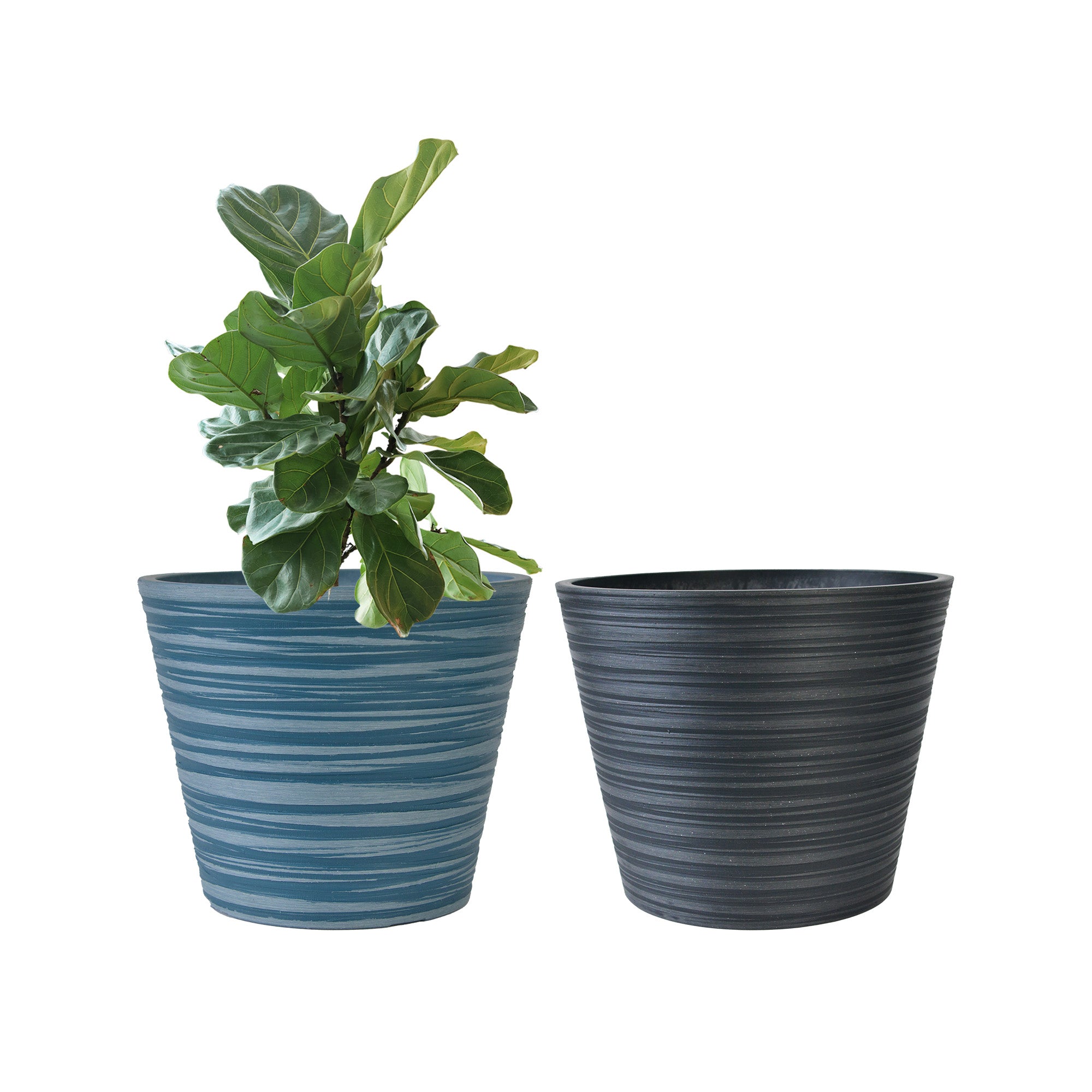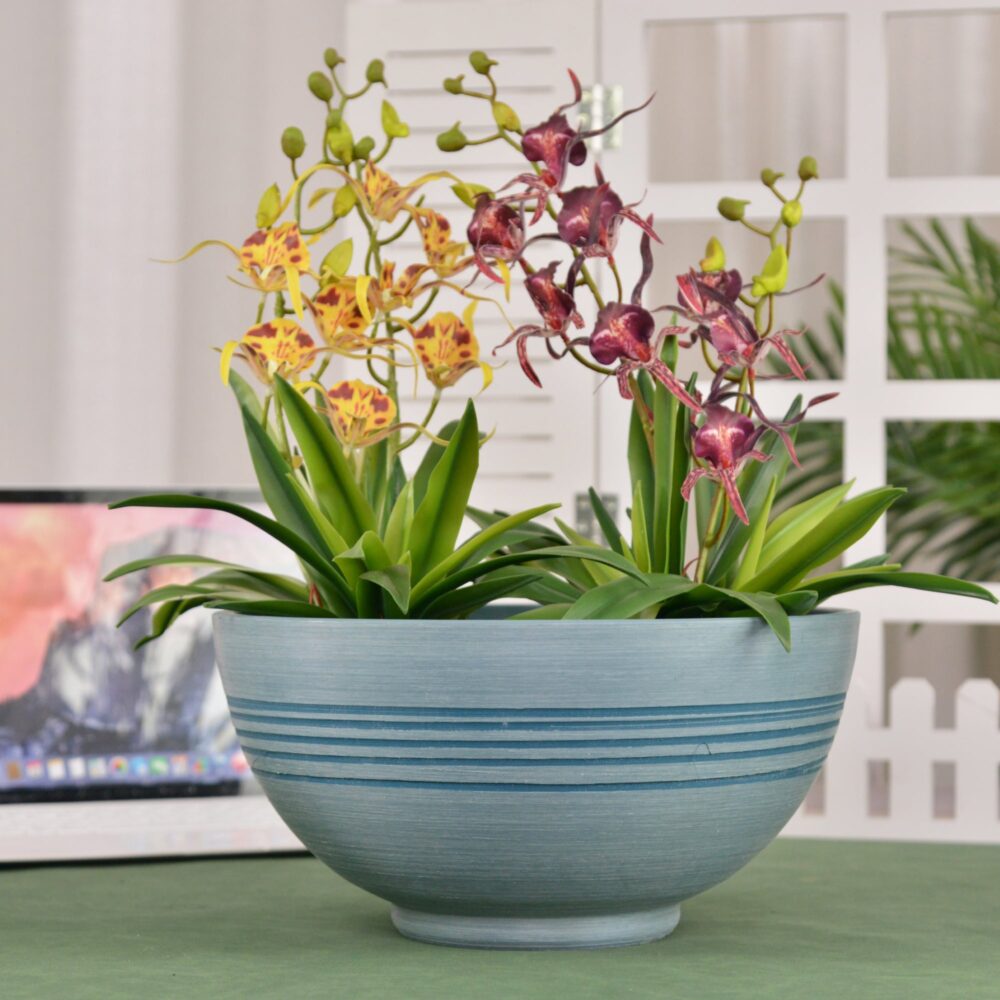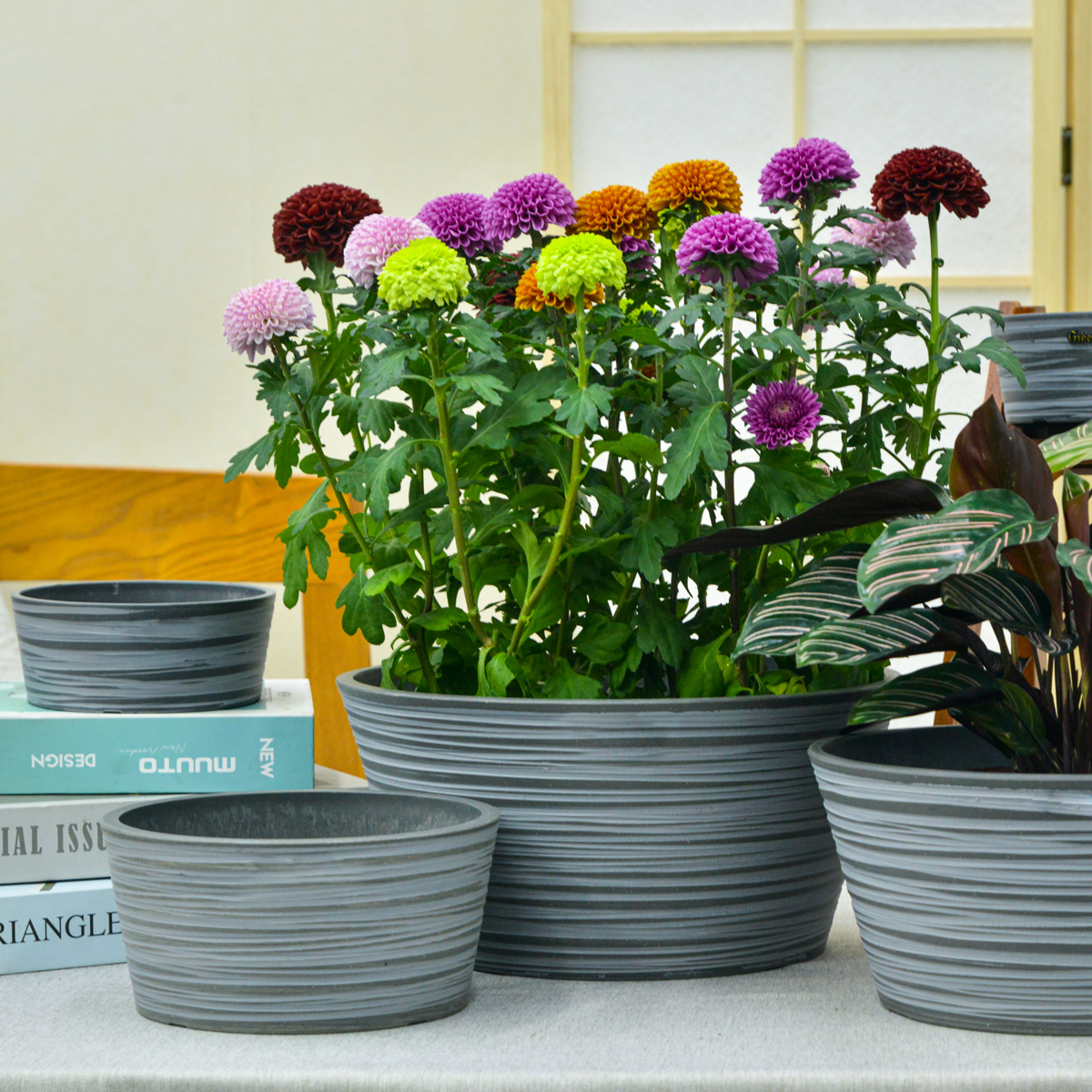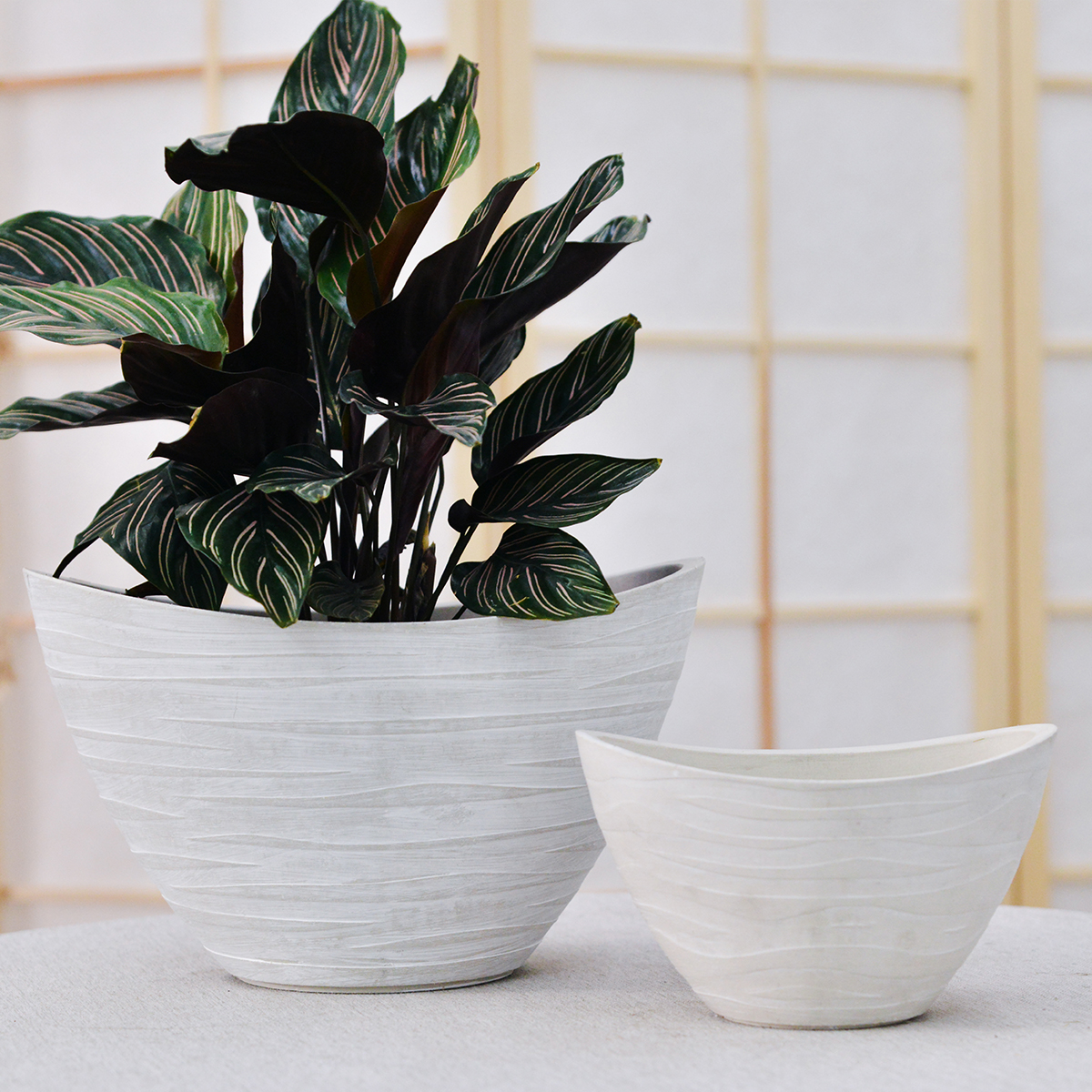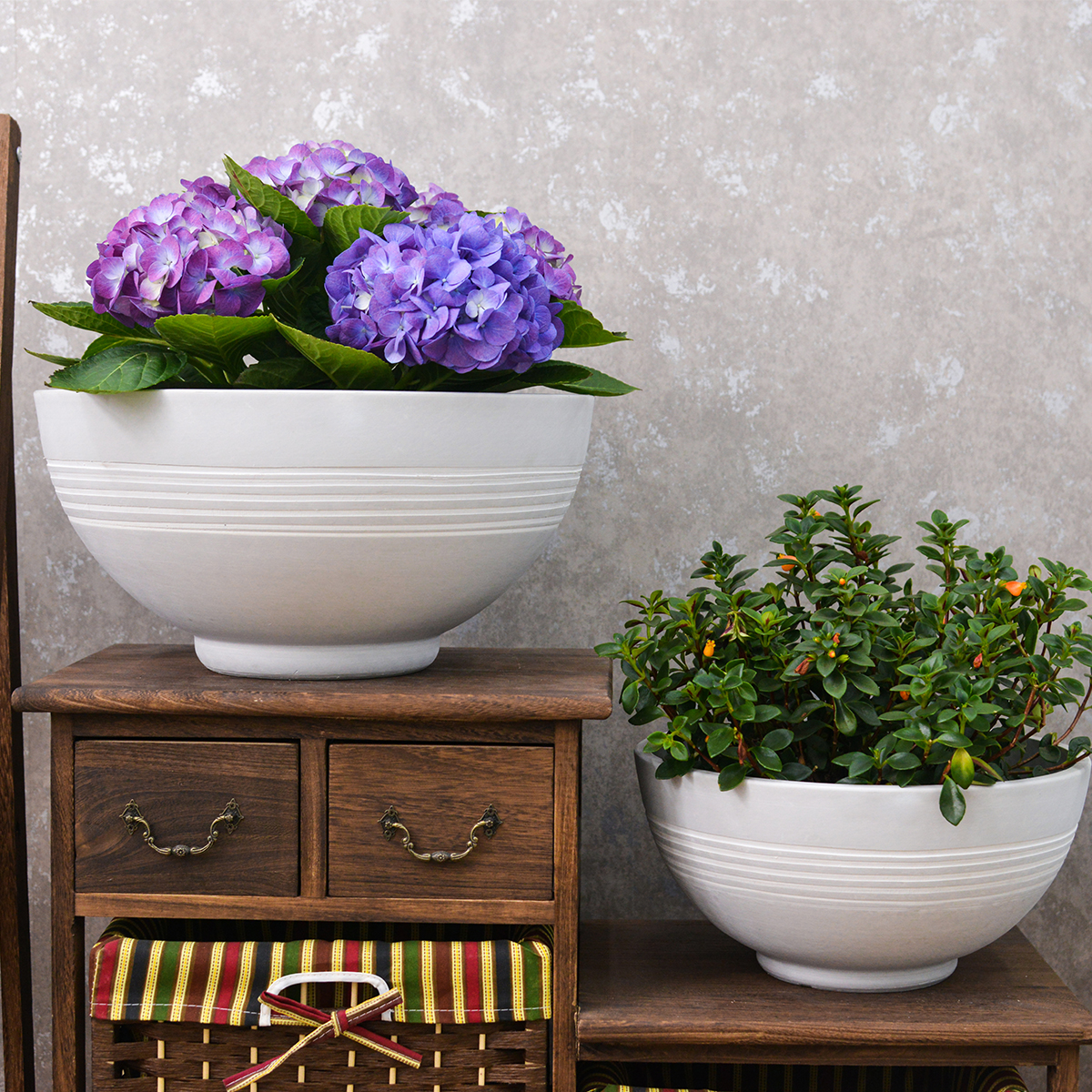Grow Rosemary for Decades: Nursery Pros Share Their Secrets for Long-Lasting Potted Plants
Rosemary is a fragrant and versatile herb that’s wonderful to have on hand for cooking and aromatherapy. While it’s relatively easy to grow, keeping a potted rosemary plant thriving for over a decade might seem like a challenge. Luckily, nursery professionals have honed their expertise over years of cultivating these hardy herbs. This guide shares their top secrets to help your potted rosemary flourish for many years to come.
Key Secrets from Nursery Pros for Long-Lived Potted Rosemary:
Nursery workers understand the specific needs of plants grown in containers. Here’s their expert advice for ensuring your potted rosemary enjoys a long and healthy life:
1. Prioritize Excellent Drainage:
- The Nursery Wisdom: Just like in its native Mediterranean environment, rosemary in pots needs well-draining soil to prevent root rot, which is a primary killer of potted herbs.
- How to Implement:
- Choose the Right Pot: Opt for terracotta or unglazed ceramic pots, as these materials allow for better airflow and moisture evaporation compared to plastic. Ensure the pot has ample drainage holes at the bottom.
- Use the Right Soil Mix: Avoid using regular garden soil, which can become compacted in pots. Instead, use a well-draining potting mix specifically formulated for herbs or mix your own with equal parts potting soil, coarse sand or perlite, and compost.
- Consider a Drainage Layer: You can add a layer of gravel or clay pebbles at the bottom of the pot to further improve drainage, although some experts believe the type of soil mix is more crucial.

2. Provide the Right Amount of Sunlight:
- The Nursery Wisdom: Rosemary thrives in full sun, needing at least 6-8 hours of direct sunlight per day. Insufficient light will lead to leggy growth and a weakened plant.
- How to Implement:
- Sunny Location: Place your potted rosemary in the sunniest spot you have, ideally a south-facing location.
- Rotate the Pot: Occasionally rotate the pot to ensure all sides of the plant receive even sunlight.
3. Water Wisely:
- The Nursery Wisdom: Overwatering is as detrimental as underwatering for rosemary. Allow the top inch or two of soil to dry out completely before watering again.
- How to Implement:
- Check the Soil: Stick your finger into the soil to gauge the moisture level.
- Water Thoroughly: When you do water, water deeply until water drains out of the bottom of the pot.
- Adjust Seasonally: Reduce watering during the cooler, dormant months of fall and winter.
4. Choose the Right Pot Size and Repot Regularly:
- The Nursery Wisdom: As rosemary grows, its roots will eventually fill the pot. Repotting provides fresh soil and more space for root development.
- How to Implement:
- Start with an Appropriately Sized Pot: Choose a pot that is large enough to accommodate the initial growth but not so large that the soil stays constantly wet.
- Repot Every 2-3 Years: Gently repot your rosemary into a slightly larger container every 2-3 years, ideally in the spring. Refresh as much of the old soil as possible without damaging the roots.
5. Fertilize Sparingly:
- The Nursery Wisdom: Rosemary is not a heavy feeder. Over-fertilizing can lead to weak, leggy growth and a less intense flavor.
- How to Implement:
- Occasional Feeding: Fertilize once or twice during the active growing season (spring and summer) with a balanced liquid fertilizer diluted to half strength.
- Consider Compost Tea: A diluted compost tea can provide a gentle and natural source of nutrients.
6. Prune Regularly:
- The Nursery Wisdom: Regular pruning encourages bushier growth, improves air circulation, and prevents the plant from becoming too woody and unproductive.
- How to Implement:
- Pinch Back Tips: Pinch back the tips of the stems regularly, especially during the growing season.
- Shape the Plant: Prune to maintain a desired shape and size. Avoid pruning too heavily at once.
7. Protect from Harsh Weather:
- The Nursery Wisdom: While rosemary is relatively hardy, extreme cold or harsh winter conditions can damage potted plants.
- How to Implement:
- Move Indoors: In regions with harsh winters, bring your potted rosemary indoors to a cool, bright location, such as a sunroom or near a south-facing window.
- Provide Protection Outdoors: If you can’t bring it indoors, protect the pot from freezing temperatures by wrapping it with burlap or moving it to a sheltered location.
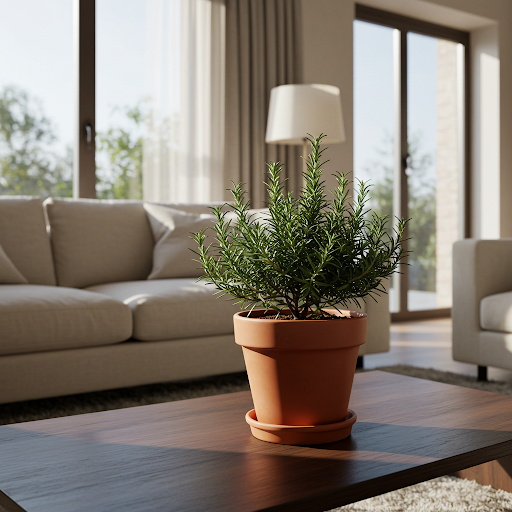
Conclusion: Enjoy Decades of Fresh Rosemary
By following these expert tips from nursery professionals, you can significantly increase the lifespan of your potted rosemary and enjoy its aromatic leaves for many years, even decades, to come. Remember that consistency in providing the right environment is key to success. With a little attention and care, your potted rosemary can become a long-lasting and cherished addition to your home or garden.
Planter 5 in W / 8 in W / 12 in W or Indoor Outdoor Plants, Modern Decorative Plant Pots with Drainage Hole, Decorative Flower Pots
By greenship-seo|2025-04-10T06:37:58+00:00January 16, 2025|Categories: Hand-carving Series|Tags: Decorative Flower Pots|
13 inch Planter for Indoor Plants, Set of 2 Modern Decorative Plant Pots with Drainage Hole, Cute Bowl Shape Flower Pots
By greenship-seo|2025-04-10T07:41:46+00:00January 10, 2025|Categories: Hand-carving Series|Tags: Decorative Flower Pots, Self-Watering Pots|
11THD
By greenship|2024-08-13T02:52:20+00:00August 13, 2024|Categories: Hand-carving Series|
11TH
By greenship|2024-08-13T02:50:25+00:00August 13, 2024|Categories: Hand-carving Series|
20YB
By greenship|2024-08-16T05:37:57+00:00August 16, 2024|Categories: Hand-carving Series|
KC3-09k
By greenship|2024-08-16T06:24:36+00:00August 16, 2024|Categories: Hand-carving Series|

